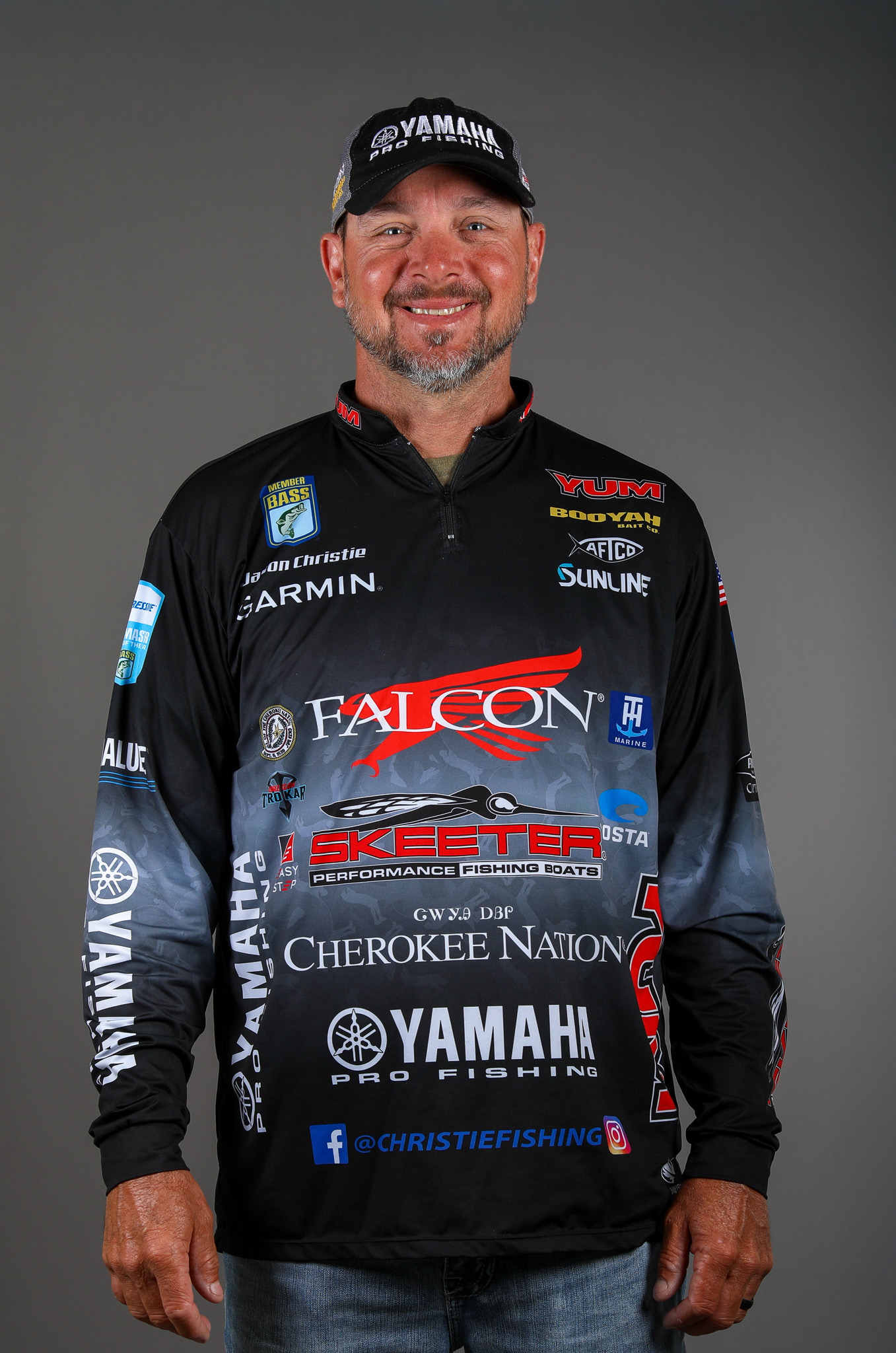
The other day, I was tracking a deer through the woods and an interesting thought occurred to me. Hunting season is my time to relax and unwind after several stressful months of fishing for a living. They’re different activities, but a handful of similarities do exist.
I don’t mean the same old “hunting for a bite” thing. I think the connection goes deeper.
Let me start by saying that I hunt a lot and in the area where I live. I often help other people track their deer when they need an extra set of eyes. To really be helpful, you follow the instruction of the person that was hunting.
How did the deer react when it was shot? Where do you think you hit it? Which way did he go? Where’s the last place you saw him? Then, you just start following blood until you find the deer or you run out of blood.
Once you run out of blood, you have to ask yourself where do you think he would go? That’s where I start to see some similarities to fishing – particularly in the logic of considering where the fish will go during different times of the year.
The good thing about looking for fish this time of year is that it has some relation to summertime fishing. It can be tougher and the length of time between bites can be significant.
On the other hand, it seems that when you do get a bite that there’s a lot of fish in that area. I might compare that to the effort we hunters often invest in tracking a deer and the reward of locating him.
With these late fall/early winter fish, you may spend a lot of time in the day looking, but when you find them, the chances of getting a lot of bites in a general area are good.
The other thing is that they’ll stay there for a while. It’s not like they’re there one day and gone the next. Usually, if you find one of these winter spots where they feed, they’ll be around there. They may not be exactly on the spot, but they’re going to be in the vicinity.
They’re pretty reliable this time of year. You may catch them on a jerkbait one day and the next day it may be sunny and you’ll catch them on a jig.
It’s just all about changing from the shallower fall habitat to some of the deeper stuff. That’s where you’re going to find the concentrations of fish.
Another thought that kind of relates to deer hunting is the use of electronics. I’ve found that 90 percent of the time, if you don’t find the deer you’ve been tracking, that deer lives. I know this from deer cameras. I’ve seen them as early as the next day in the feed plots or the corn.
The way that relates to fishing is that the bass are going to be around the bait, and finding bait schools on my Garmin electronics is an important step in the location process.
Now, the strategies of tracking deer and searching for fish have some significant differences as well. For one thing, I like to do my tracking with two other people. That way you have a couple of guys looking for blood and one guy staying on the blood trail you have. Of course, it’s just you and your electronics when you’re looking for fish.
Another difference – one that applies any time of the year – is that the way I search for fish is kind of the opposite of how you track a deer. When you’re looking for a deer, you have to spread out and cover a lot of ground in the area where you think he’s likely to have run.
I typically pick an area – a big creek, a 5-mile section of the lake – and I dissect it. I fish one way, then another, then another. Once I figure out a depth, a bait or a pattern that’s working really well, that’s when I start running around on the lake and picking out those specific areas.
If you run from one end of the lake to the other during one day of fishing, you’re not going to get a whole lot accomplished because you’re spending more time traveling than you are fishing.
My first day on a lake, I want to establish a pattern or two. The second or third day, that’s when I start running and spreading out and start expanding on the stuff that I’ve found.
This strategy works for me year-round, but you have to know your areas and pick them wisely. In the wintertime, I’m not going to go looking for fish in a foot of water that’s 500 yards from 5 feet of water.
I know that it’s clichéd to say that fishing changes from day to day, but especially this time of the year, that’s a good point to keep in mind. You have to know that what worked today probably isn’t going to work tomorrow.
A lot of times, they’ll be in the same general area, but a lot of times, you’ll have to change baits or presentations. They may be 20 feet deep today and 12 feet deep tomorrow, or vice versa.
Ultimately, I think that success in hunting and fishing depends on your ability to understand what’s going on in nature and develop ways of inserting yourself into that deer’s world or that fish’s habits. In either case, it’s a good feeling when you find what you’ve been tracking.





